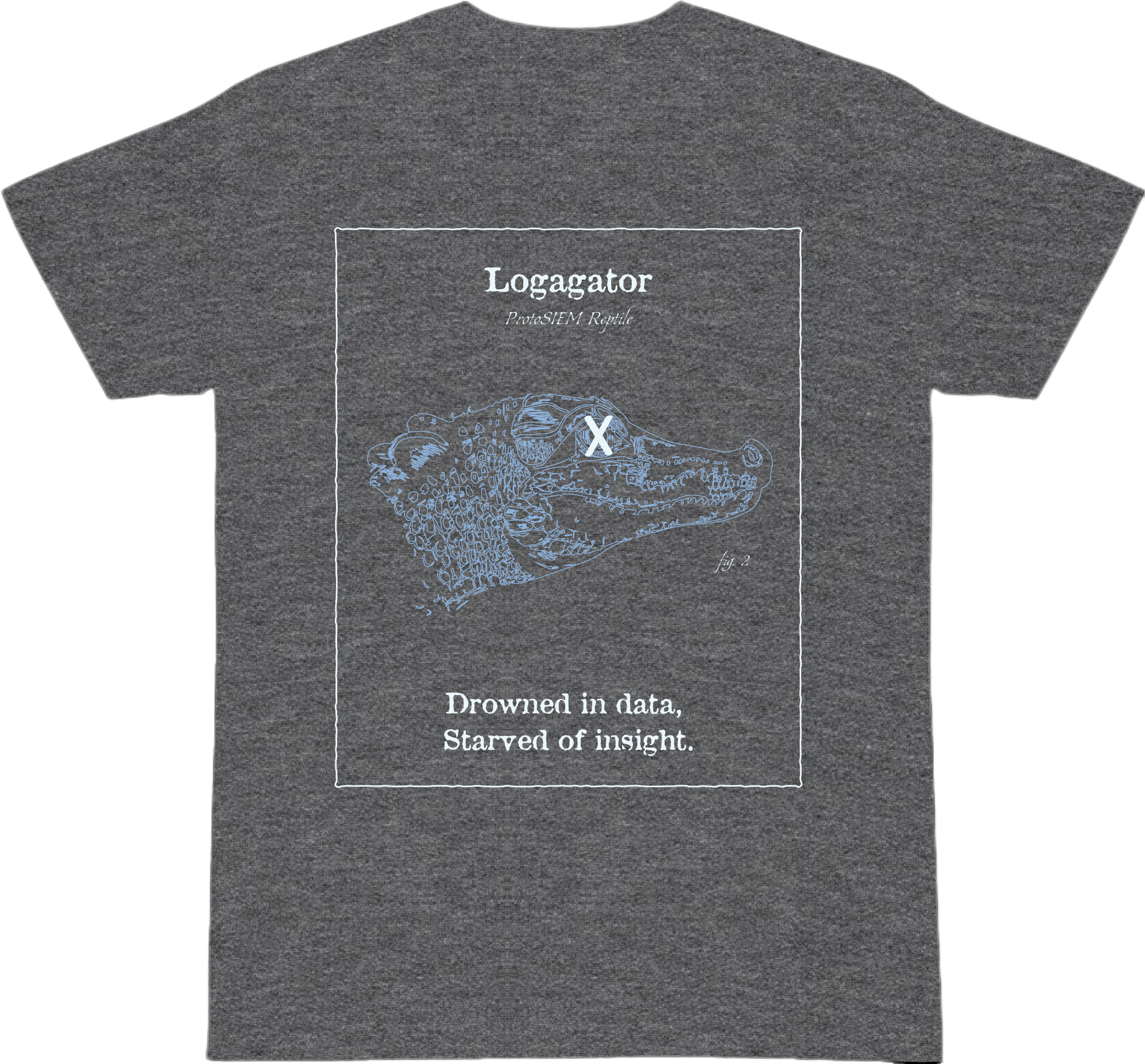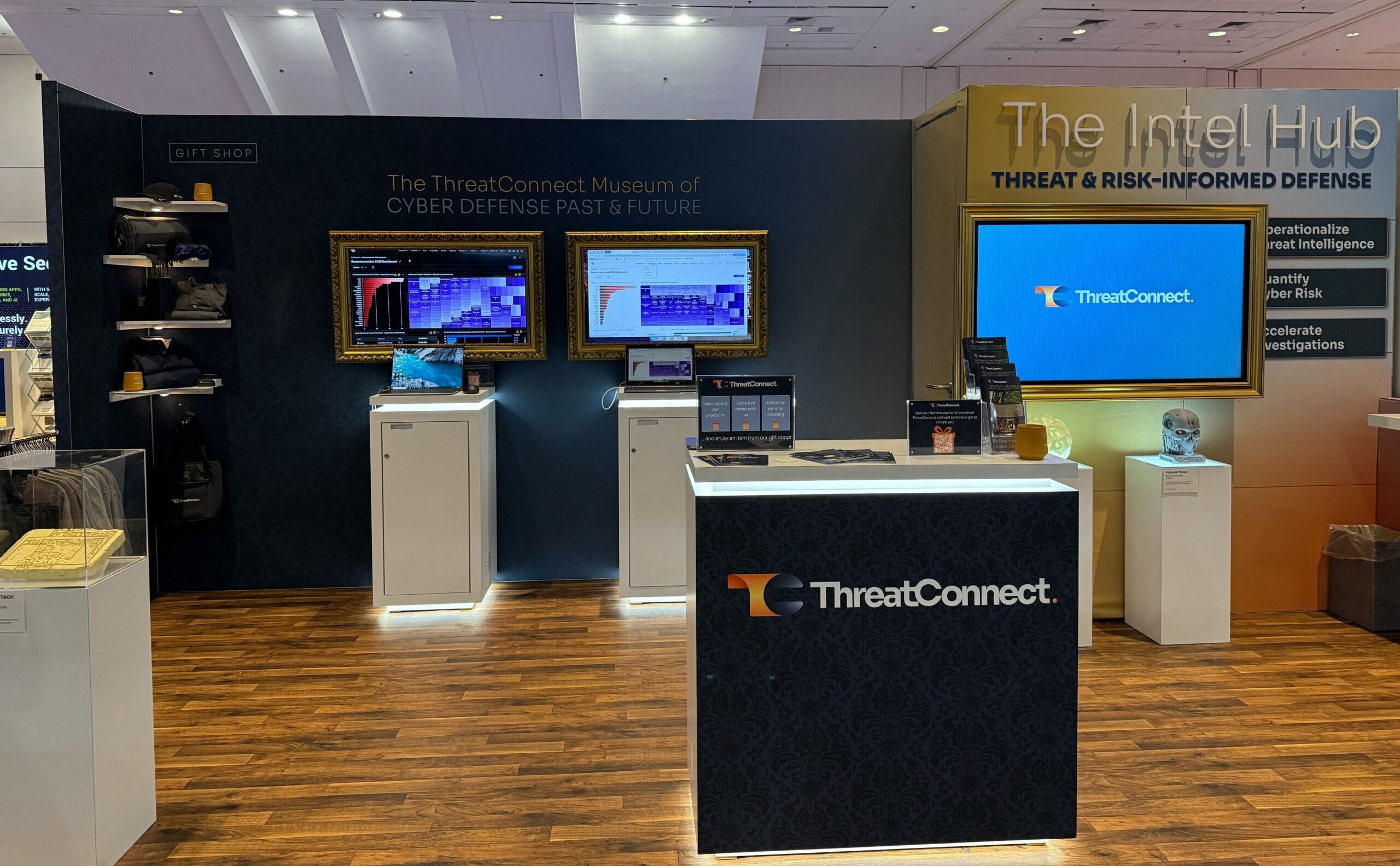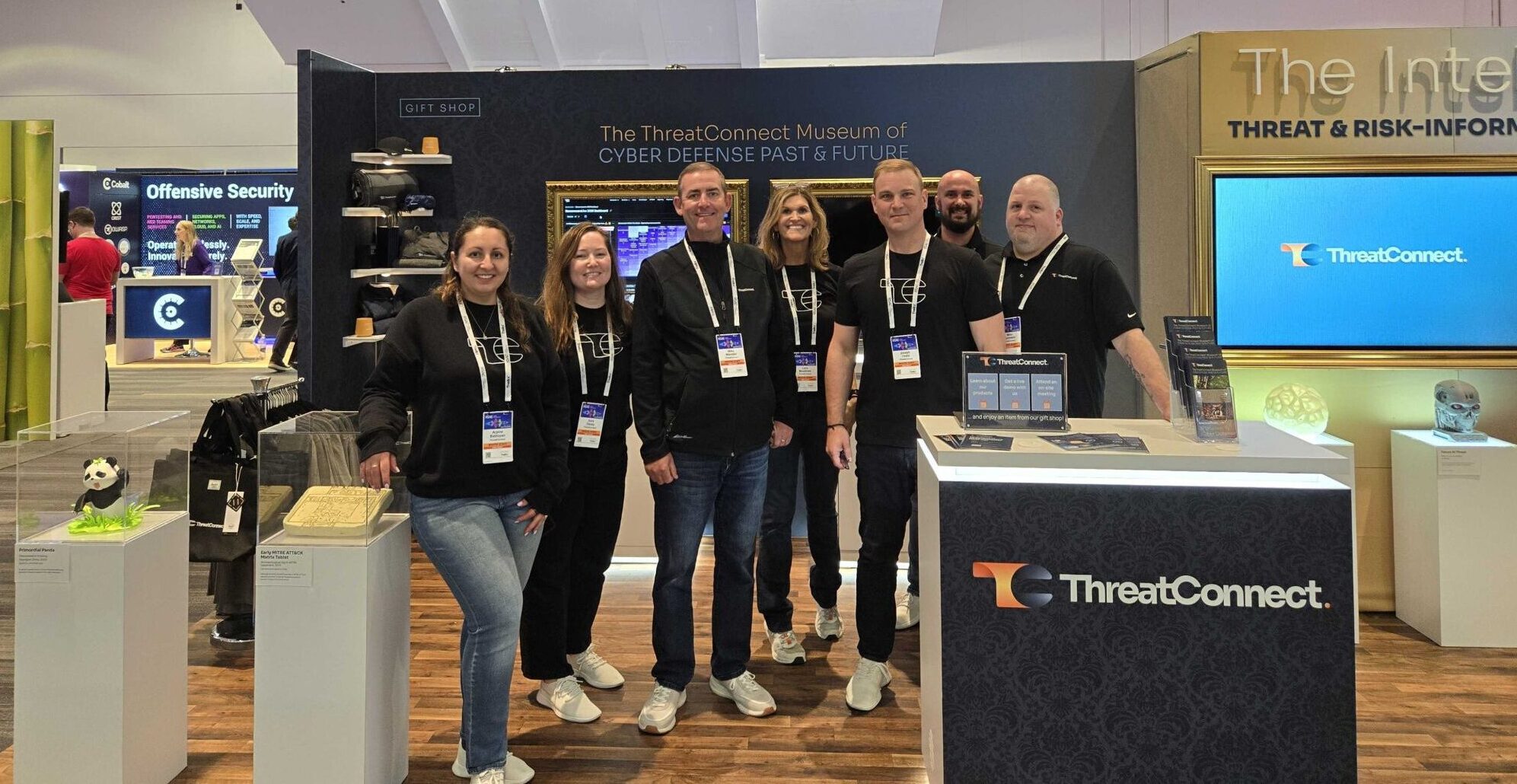Posted
Ancient wisdom tells us that we must learn from the past to better adapt to what lies ahead. To survive and thrive in the future threat landscape, we must discard artifacts of the past and embrace a more evolved future.
That’s why at RSAC this year, the ThreatConnect team opened the ThreatConnect Museum of Cyber Defense Past & Future. In this exhibit, we took attendees on a journey through the primordial swamps where the first APTs appeared and ATT&CK matrices were etched on crude stone tablets. We also looked ahead to the future of cyber defense: the Intelligence Hub.
Couldn’t make it to RSAC this year? Take a (virtual) walk through the museum below.
Fossils of the Past (Early 21st Century)
During this primitive era, security teams had no centralized way to track adversaries, relying on raw logs, manual investigations, and isolated expertise to detect threats. They faced common threats like the Worm Epidemic and the Rise of early Nation-State threat, like China’s APT-1.
Explore our ThreatConnect 2025 Timeline of Cyber Defense infographic, offering a clear and detailed overview of key developments in cyber defense.
The Dawn of Threat Intelligence (2010s)
Analysts of this era cheered the introduction of threat intelligence platforms (TIPs), which finally provided a single place to collect threat intel. However, evolutionary pressures of the time were fierce: gathering intelligence is one thing, acting on it is another. Without automation and prioritization, many intelligence platforms became little more than filing cabinets for threats. Meanwhile, others underwent rapid and destructive mutations, producing chimeric abominations that claimed to be SIEMs, TIPs, XDRs, and UEBAs all in one.

The Age of Invention & Discovery (Present Day)
Here we reach the present day in the timeline. Threat Intelligence Operations are an evolutionary leap in the right direction—but many security teams still lack efficient workflows to manage incidents and orchestrate actions.
Despite each great leap forward, many challenges of the past remain, including high burnout and team turnover, alert fatigue, low confidence in response and detection, and disconnects between business and cyber defense priorities.


The Intel Hub & Cyber Defense’s Next Era (The Future)
What does the future hold? An expanding attack surface, growing attack complexity, and AI adoption by adversaries lurk on the horizon, giving adversaries an exponential advantage. Meanwhile, defense capacity’s linear evolution has forced many cybersecurity solutions to go extinct.
What we need is a quantum leap in defense.
That’s where ThreatConnect’s Intelligence Hub presents a beacon of hope for the future. It aligns business and cyber defense goals by combining intelligence and risk quantification with a new, innovative way to accelerate investigations. This allows teams to reduce burnout, reduce MTTR, and increase detection accuracy.

Evolve or Perish…The Next Leap Begins Here
The future is approaching fast, and only those who evolve will survive. Don’t become an artifact for future cyber historians to discover—the time to take action is now.
Ready to tackle the next era of cyber defense? Learn more about how ThreatConnect is helping teams evolve.
